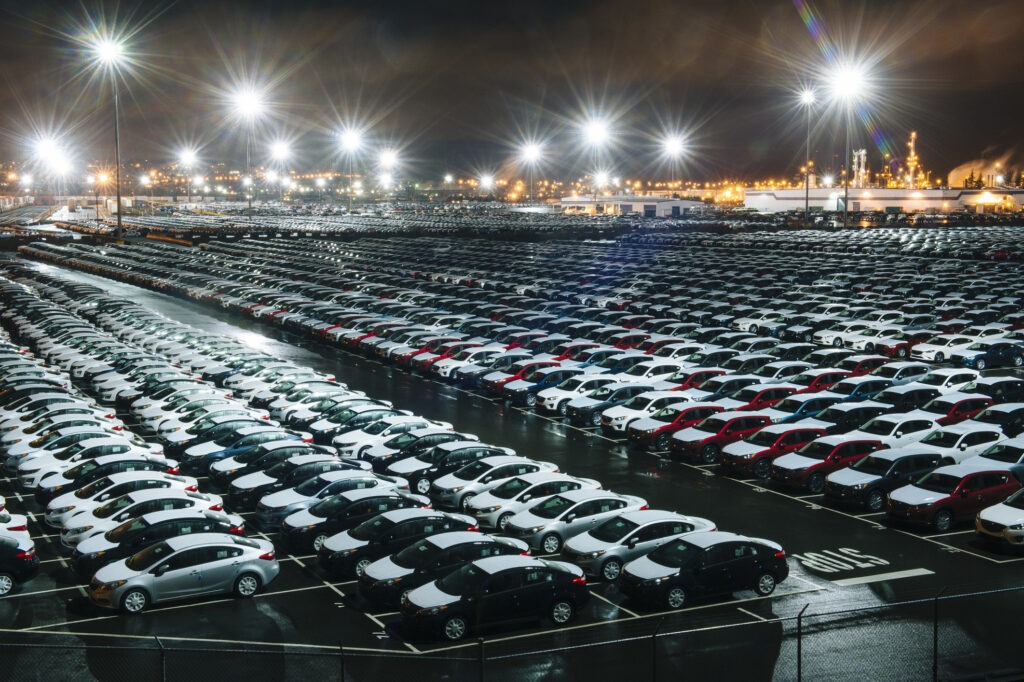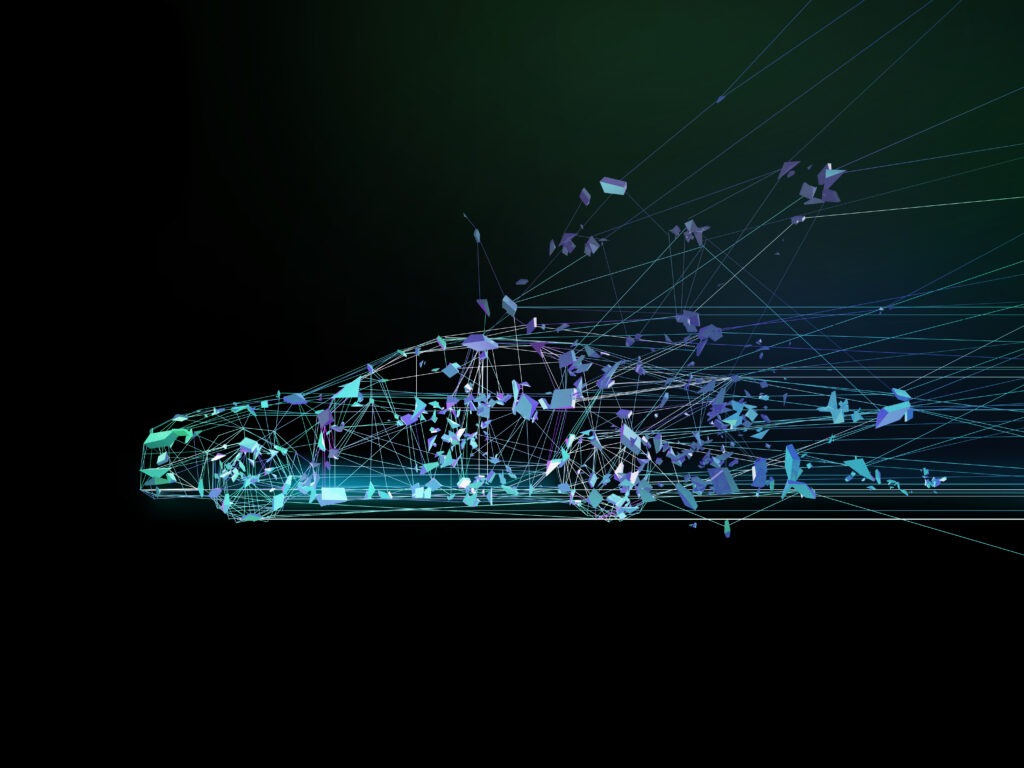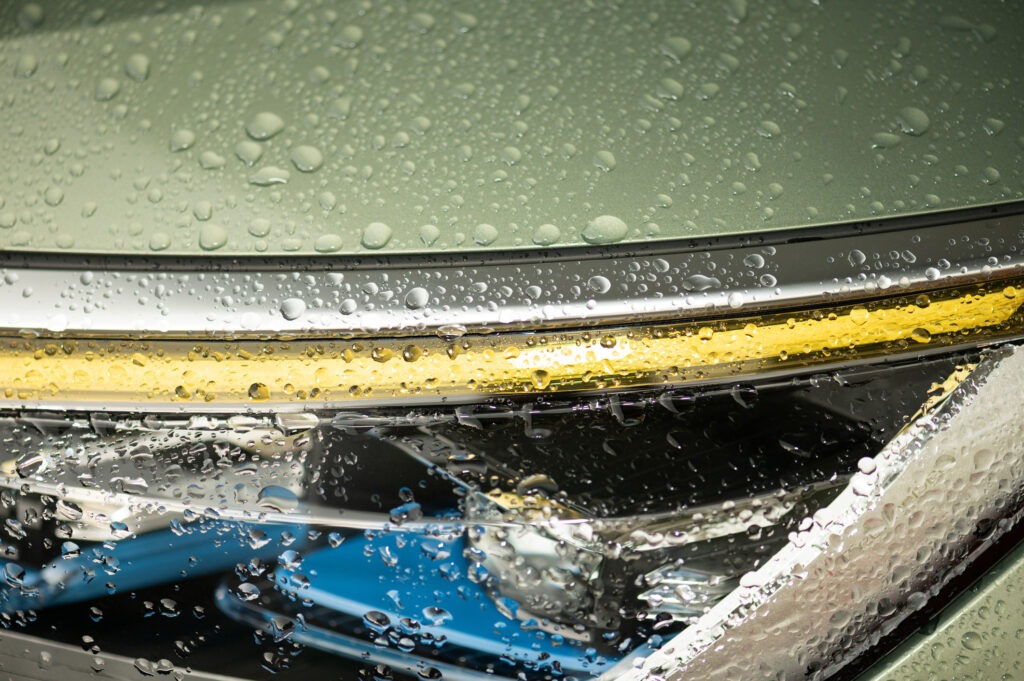BEVs bottom out in German new-car market
06 March 2024

Battery-electric vehicles (BEVs) continue to suffer in Germany following incentive changes, while other electrified powertrains are gearing up to take advantage. Tom Hooker, Autovista24 journalist, analyses the market’s adaptation.
The German new-car market recorded 217,388 registrations in February, an increase of 5.4% year on year. Combined with January’s total, the country has achieved double-digit growth in the year to date, up 11.8% compared to 2023.
The latest data from the Kraftfahrt-Bundesamt (KBA) shows that Germany enjoyed its best start to a year since 2020, the period just before the COVID-19 pandemic hit Europe. Furthermore, it is the country’s strongest February in four years.
However, apart from January, a historically slow period, last month saw the market’s lowest figure since April 2023.
Additionally, February was 19.1% below 2019’s tally. A similar trend is apparent when looking at the year-to-date total, 19.4% down on five years prior.
BEVs bottom out
All-electric vehicles reached 27,429 deliveries last month, a 15.4% drop on 2023’s figure. This marks the powertrain's worst February since 2021. The sudden removal of private BEV incentives last December is clearly still being felt.
The all-electric market share also plummeted. It accounted for 12.6% of all registrations last month, over three percentage points fewer than in February 2023. This was a weak period for the market as it recovered from subsidy changes at the end of 2022, further emphasising this year’s poor performance.
However, there were positives. February’s BEV total was up 22.3% on January, and above the 10.5% market share recorded in the first month of the year, as well as 2023’s 10.1% average.
‘The lower number of registrations of battery-electric cars shows the first effects of the almost consistently low order intake from the previous year,’ explained ZDK vice president Thomas Peckruhn.
‘This year, there is also uncertainty among prospective buyers due to the abrupt stop of the environmental bonus. This will have a particularly negative impact on the registrations of electric cars by private customers,’ he added.
BEVs may yet face more struggles, as Tesla’s Grünheide plant in Germany has temporarily stopped production. This is where the Tesla Model Y is built, 2023’s best-selling BEV. Any stoppage in production can impact deliveries, causing market disruption.
PHEV positive performance
Plug-in hybrids (PHEVs) posted 14,575 deliveries last month, a 22.3% increase on February 2023 and the biggest growth of all mainstream powertrains. This comparison is even more pronounced when adding January into the total, up 39.5% on the previous year.
However, these numbers are skewed by the removal of incentives for PHEVs at the end of 2022, causing a poor start to 2023 for the powertrain.
This should not detract from what has been a good start to the year for PHEVs, achieving two months of over 14,000 registrations, and taking advantage of struggling BEVs.
The powertrain made up 6.7% of new-car deliveries, up almost a full percentage point compared to February 2023. Last month also matched January’s market share. Its year-to-date share is 1.3 percentage points higher than the first two months of 2023.
Evolving EV results
Electric vehicles (EVs), consisting of BEVs and PHEVs, achieved 42,054 registrations in February. This was down 5.3% compared to the same period in 2023, caused by the BEV slump.
Meanwhile, the year-to-date figure tells a different story, with deliveries up by 10.6%. However, this is again due to subsidy cuts and changes affecting both electric powertrains over the last 14 months. Registrations jumped 14.1% compared with January 2024.
This shows BEVs made less of an impact on the overall plugin total, now rebuilding after the technology’s first month without subsidies.
The same trend can be seen when looking at market share. Plug-in models made up 19.3% of deliveries last month, dropping from a 21.5% share in February 2023. EVs also recorded a decreasing year-to-date share, despite skewed figures from this period. Yet this was more subdued, falling by 0.2 percentage points to 18.3%.
Verband der Automobilindustrie (VDA) president, Hildegard Müller, commented on the current progress of EVs at the presentation of the Annual Economic Report.
‘The fact that the German government, as mentioned in the report, is "doing everything necessary to achieve this goal" is not in line with the abrupt abolition of the environmental bonus, the still too-slow pace of expansion of the charging infrastructure or the lack of a strategy for cheaper energy prices,’ she said.
The decline in BEV deliveries is also impacting Germany’s CO2 emissions. The country saw output from new vehicles rise by 2.5% in February, as all-electric demand dipped. This contrasted with a 4.1% fall in January when the BEV market saw registration increases, highlighting the delicate relationship between the powertrain and its impact on CO2 levels.
Healthy hybrid market
The hybrids category, including full and mild hybrids, had a strong February, growing 16.4% thanks to 54,792 deliveries. This made it the second powertrain to pass the six-digit registration total in 2024, rising 20.1% in the year-to-date.
Hybrids are now comfortably the second most popular option for new-car buyers in Germany, 12,000 units in front of diesel during the month.
The powertrain’s market share improvement was just as impressive. Hybrids accounted for over a quarter of new-car registrations last month, compared to 22.8% in 2023. The drive also posted growth in its year-to-date share, sitting at 24.8%, up 1.7 percentage points on last year.
Contrasting last month’s total with January 2024, hybrids saw a solid increase of 5.2%.
Diesel’s decent start
A total of 42,153 diesel vehicles took to German roads in February, only 0.3 percentage points off a double-digit increase. The powertrain has had a good start to the year, up 7% on the first two months of 2023.
This bucks the trend of a diesel decline across most markets in Europe and is also apparent in its market share. The drive took 19.4% of all registrations in February, up from 18.6% the previous year. It also beat its January 2024 figure of 19.2%.
However, in the year-to-date, diesel dropped by almost a full percentage point to a market share of 19.3%.
Petrol’s position unclear
Petrol remained the dominant powertrain in Germany, with 77,106 deliveries in February. This was a marginal gain of 2.3% on last year’s result and means year-to-date growth of 9.3%. However, the fuel failed to improve on its January 2024 figure, down 5.7%.
In February, petrol’s share of registrations dropped a full percentage point to 35.5%, as other powertrains started to eat into its market popularity. The same situation occurred in the year-to-date, falling to a 36.9% share from 37.7% in 2023.
Is ICE idling?
Internal-combustion engine (ICE) models continued to dominate the market, but their grip loosened. Petrol and diesel’s combined market share fell to 56.1% in the year to date, declining by 1.7 percentage points. There was also a marginal dip in February, down to 54.9%.
This was despite posting incremental increases over February (up 4.8%) and in the first two months of 2024 (up 8.5%). However, compared to January, last month's tally was down 2.8%.
Even with ICE losing market share, positives can still be taken from the diversification of Germany’s new-car market. Four of the five mainstream powertrains are posting consistent double-digit deliveries, and further gains could be made this year once BEVs recover from the incentive withdrawal.
The ‘others’ category saw the biggest growth out of all powertrains, up 33.8% in February. However, this only equated to an increase of 321 additional units. Liquid-petroleum gas vehicles were mostly responsible for the boost, up 48.9%.



